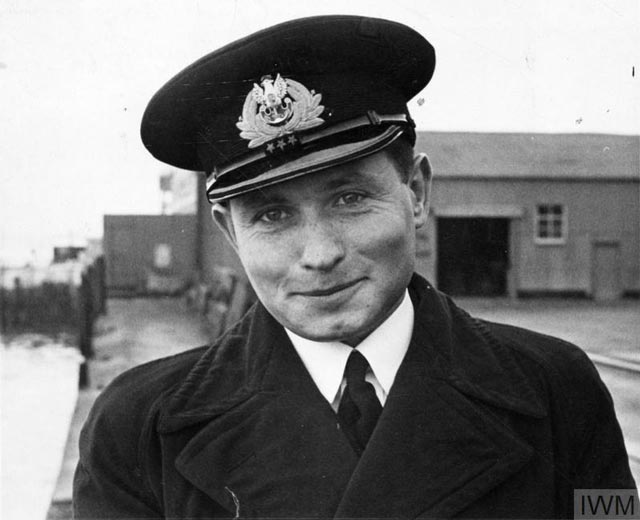Monday 4 March 1940
 |
| Äyräpää church, destroyed 4 March 1940. |
Winter War Army Operations: The Soviets continue attacking across the Gulf of Viipuri. Their hold there is tenuous because should the ice melt before they consolidate the bridgehead with an overland advance, they would be stranded on the far shore of the Gulf with no hope of rescue. Soviet troops, meanwhile, try to scoot across the ice quickly around noon, but Finnish artillery and planes attack them relentlessly and cause heavy casualties.
Elsewhere along the front, the Finns dig in and prevent any further major advances. The Finns still hold the greater part of Viipuri despite Soviet inroads. The Soviets are focusing attacks to the east of the city, trying to bypass it on both sides.
The Vuoksi River sector flares up with fighting near Äyräpää church.
The Taipale sector is quiet.
In the far north, Soviet forces withdraw in the Petsamo sector. Under the current peace offer (which, while expired, remains the only one outstanding), Petsamo would be handed back to the Finns anyway.
Battle of the Atlantic: French 2,679-ton freighter S.N.A. sinks about 60 miles south of Milford Haven in the Irish sea after colliding with another freighter, the Thurston.
The Thurston, for its part, then falls prey to U-29 (Kapitänleutnant Otto Schuhart). The 3,072-ton ore carrier is torpedoed and sunk, with 4 survivors and 64 dead. Only 2 sailors (some sources say only 1) from the S.N.A. 1 survive both sinkings - extremely lucky men (or man). The survivors spend 11 hours on an overturned lifeboat. The Thurston carried 4500 tons of manganese ore.
U-29 continues its successful patrol by torpedoing and sinking 6,717-ton British freighter Pacific Reliance. All 53 survive. The Pacific Reliance had been dispersed from Convoy HX-19 and is carrying aircraft parts.
US freighter Exeter is released from detainment at Gibraltar after the British remove 155 sacks of mail destined for Germany, 95 sacks for Italy and 59 for Switzerland. The British do put 140 other sacks of mail previously seized from other freighter and permit the Exeter to sail on.
Convoy HG 21 departs from Gibraltar.
Soviet/Swedish Relations: The Soviet Union, which had denied bombing Pajala on 21 February, formally and belatedly apologizes for the incident. It is very rare for the USSR to ever apologize, so this indicates their interest in maintaining good relations with Sweden and thereby avoiding a larger Scandinavian war.
British Homefront: The Treasury announces that £1,000,000 was raised in saving certificates and defense Bonds during the three days ending 1 March 1940.
The Home Office establishes that women would not be required over 60 hours a week in factories, and youth under 16 would not be required to work more than 48 hours. This is a reduction from the World War I 70 hours of work for women.
 |
| SS Thurston. |
March 1940
March 1, 1940: Soviet Breakthroughs Past ViipuriMarch 2, 1940: Soviets Swarm West in Finland
March 3, 1940: Soviets Across Gulf of Viipuri
March 4, 1940: USSR Apologizes to Sweden
March 5, 1940: Katyn Forest Massacre Approved
March 6, 1940: Finns Head to Moscow
March 7, 1940: The Coal Ships Affair
March 8, 1940: Peace Talks Begin in Moscow
March 9, 1940: Soviets Harden Peace Terms
March 10, 1940: Germany Draws Closer to Italy
March 11, 1940: Winter War Peace Terms Finalized
March 12, 1940: War is Over (If You Want It)
March 13, 1940: Winter War Ends
March 14, 1940: Evacuating Karelia
March 15, 1940: The Bletchley Bombe
March 16, 1940: First British Civilian Killed
March 17, 1940: Enter Dr. Todt
March 18, 1940: Mussolini To Join the War
March 19, 1940: Daladier Resigns
March 20, 1940: Soviets Occupy Hango Naval Base
March 21, 1940: Paul Reynaud Leads France
March 22, 1940: Night Fighters Arise!
March 24, 1940: French Consider Alternatives
March 25, 1940: Reynaud Proposes Action
March 26, 1940: C-46 First Flight
March 27, 1940: Himmler Authorizes Auschwitz Construction
March 28, 1940: Allies Ponder Invading Norway
March 29, 1940: Soviets Prefer Neutrality
March 30, 1940: Allied Uncertainty
March 31, 1940: The Tiger Cage
2019






















